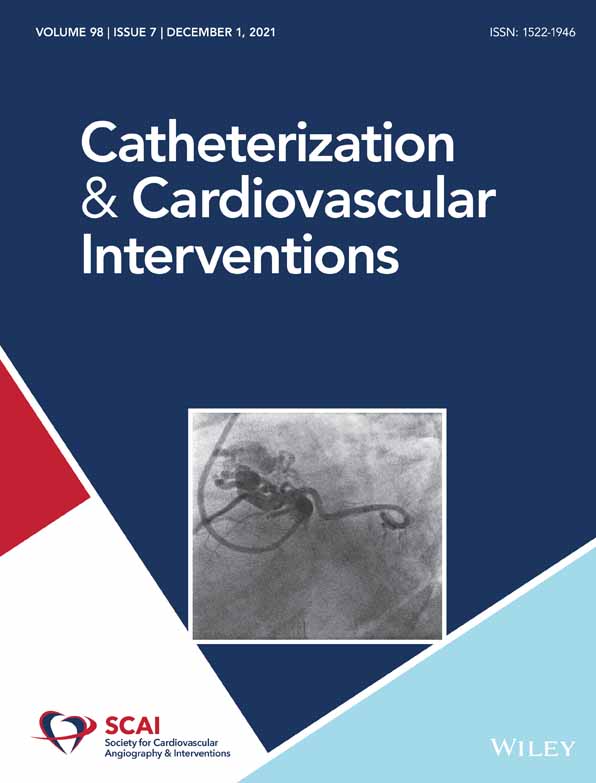Mortality in spontaneous coronary artery dissection: A systematic review and meta-analysis
Abstract
Objective
The aim of this systematic review and meta-analysis was to provide a comprehensive estimate for spontaneous coronary artery dissection (SCAD) related mortality, and explore factors associated with an increased risk of death.
Background
SCAD is an infrequent but increasingly recognized cause of acute coronary syndrome. Despite a growing body of evidence, there have been few detailed examinations of SCAD associated mortality.
Methods
We searched MEDLINE, EMBASE, Cochrane, Web of Science and Google Scholar databases through May 7, 2020. We included studies reporting mortality data, confirmed SCAD with coronary angiography and included ≥10 participants. We excluded non-English studies, conference abstracts, review articles and duplicate datasets. Random-effects meta-analysis and meta-regression were used to evaluate estimates and predictors of mortality.
Results
From an initial 1,131 articles, 34 studies with 2,817 patients were eligible for inclusion. The weighted mean age was 50 years, and 84% of participants were female. The pooled estimate for SCAD mortality was 1% (Proportion 0.01; 95% CI, 0.00–0.02). The mean duration of follow-up was 33 months. Meta-regression showed male sex was associated with 3.5-fold increased odds of mortality (OR, 3.50; 95% CI, 1.22–10.03). In addition, smoking (current or previous) was associated with a 15-fold increased risk of mortality (OR 15.32; 95% CI, 2.88–81.41).
Conclusions
This meta-analysis has shown that SCAD is associated with favorable survival outcomes with an estimated mortality of 1% over a mean follow-up period of 33 months. We also found male sex and smoking were associated with an increased risk of mortality.
CONFLICT OF INTEREST
The authors declare no conflict of interest.
Open Research
DATA AVAILABILITY STATEMENT
The data that support the findings of this study are available from the corresponding author upon reasonable request.




